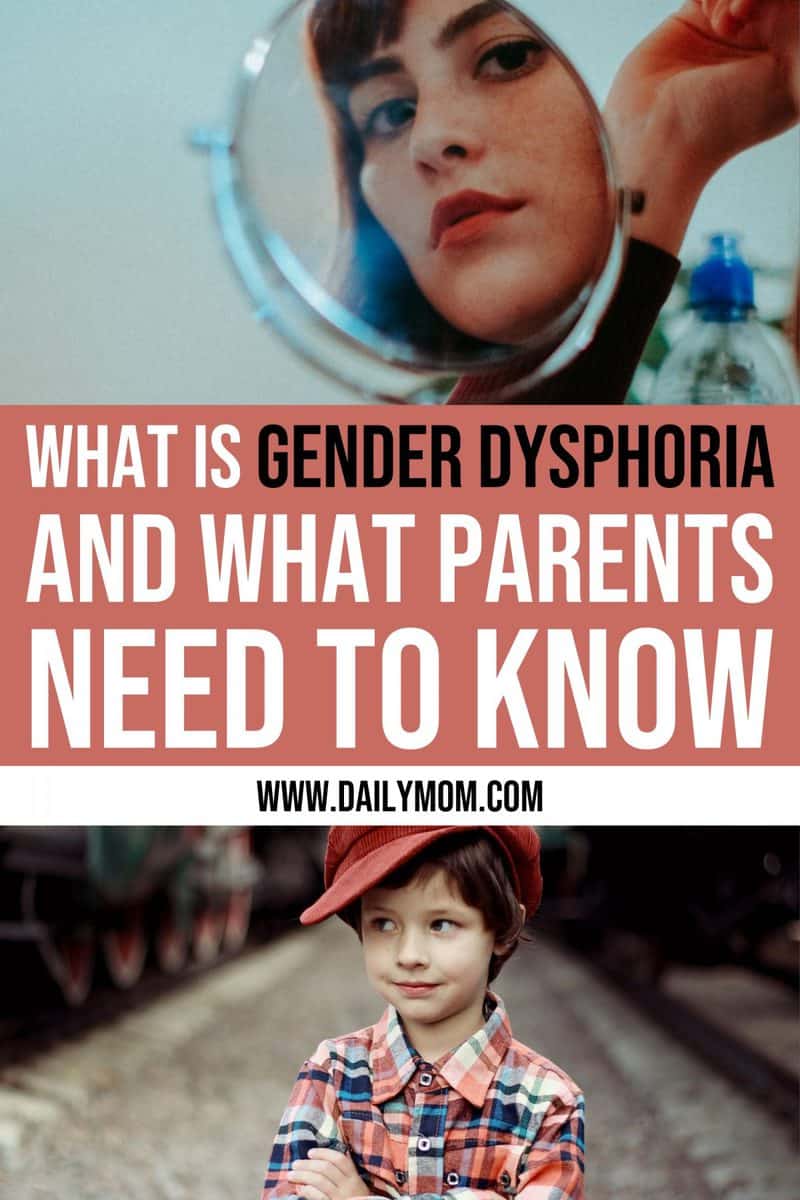Imagine feeling like you are a completely different person inside your mind than what you appear to be on the outside. These feelings can be confusing, embarrassing, and complicated. Gender dysphoria is the strong feeling that an individual’s actual gender is the opposite of the gender they were born as. Individuals with gender dysphoria wish to live as their opposite sex and do what they can to achieve feeling normal in their bodies. Many dress, act, and speak as the opposite sex and many even make an official transition to the gender they desire by undergoing sex reassignment surgery.
Terms Associated with Gender Dysphoria

Assigned Gender: an individual’s initial assignment as male or female at birth based on the child’s genitalia and other physical sex characteristics.
Gender Reassignment: an official change of gender.
Gender Identity: an individual’s identification as male or female that may not always correspond to their biological sex.
Transgender: individuals who identify with a gender different from their gender at birth.
Transsexual: an individual who seeks or has undergone a transition from male to female or female to male.
Gender Nonconforming: behaviors that are not typical of individuals with the same assigned gender.
Gender Fluidity: having different gender identities at different times.
Gender Expression: how an individual communicates their gender through external means such as clothing and behaviors.
Gender Dysphoria in Children

Experiencing gender dysphoria is difficult for anyone but is particularly difficult for a child as they may not fully understand what they are feeling and how to express that to their parents. Gender dysphoria can occur in children as early as two years old. As they begin their developmental period around this time, children with gender dysphoria may begin expressing behaviors and interests associated with the opposite sex. Typically, early-onset gender dysphoria starts in childhood continuing into adolescence and eventually adulthood.
Having a child with gender dysphoria will be difficult for the parents as well. Many parents will quickly assume that their child’s interest in being like their opposite gender is a phase that will eventually pass. However, as time passes and the child’s actions and feelings do not subside and possibly get stronger, parents may start to realize that it is not a phase and that their child’s feelings are legitimate.
Symptoms of Gender Dysphoria

- Feeling incompatible with assigned gender
- A dislike for one’s sexual anatomy
- Wanting to be treated as the other gender
- Wanting to dress as the other gender
- Preference for toys, games, and activities typically used by the other gender
- Feeling distressed
- Having difficulty in school, at home, and in social relationships
- A desire to get rid of their primary and/or secondary sex characteristics
How to Treat Gender Dysphoria

No matter who is affected by gender dysphoria, they will have a difficult road ahead of them. In order to have a successful outcome for the individual and their family members, early diagnosis is essential. Once it has been determined that the child has gender dysphoria, treatments and changes can start to be made.
First and foremost, if you have determined that your child might have gender dysphoria or early onset gender dysphoria, you should establish an open conversation with them. Allowing your child to feel comfortable enough to come to you and express their feelings about what they are experiencing is of utmost importance. A supportive environment and respectful relationships will help everyone through the transitions that will come.
From there, seeking counseling for both your child individually and your family is also recommended. This will not only help the child understand their diagnosis but also help the family learn how to adapt to the changes happening in their household. According to Psychology Today, psychotherapy can be very helpful in bringing about personal discovery and maturation that facilitate self-comfort.
Following psychotherapy, hormonal therapy is another mechanism whereby an individual can start to transition over to the gender with which they associate. This involves the individual relying on medication to make modifications to their sexual characteristics. Committing to sexual reassignment through surgery could be the next phase for the individual to achieve their desired gender; however, therapy may still be necessary post surgery.
WANT TO READ MORE?
To learn more about gender roles and gender socialization, check out The Realities of Children Stretching Gender Roles.

Sources: Gender Dysphoria, Rapid-onset Gender Dysphoria, What is Gender Dysphoria?
Photo Credit: Unsplash









































